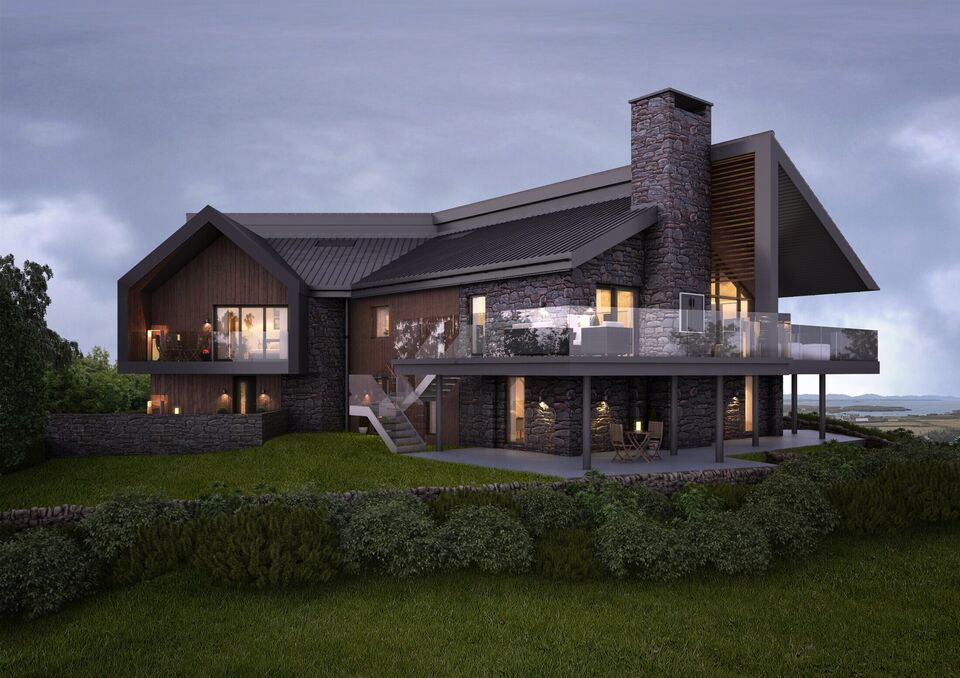Passivhaus
Passivhaus
In an era of escalating environmental concerns and a growing emphasis on energy efficiency, Passivhaus emerges as a beacon of sustainable architecture, redefining the way we conceive, design, and inhabit buildings. Originating in Germany in the late 1980s, Passivhaus represents a paradigm shift towards ultra-efficient, low-energy buildings that prioritize occupant comfort, health, and environmental responsibility.
What is Passivhaus?
At its core, Passivhaus is more than just a set of design principles; it's a holistic approach to building design and construction that aims to minimize energy consumption while maximizing comfort and indoor air quality. Unlike conventional buildings that rely heavily on mechanical heating and cooling systems, Passivhaus buildings achieve exceptional energy efficiency through a combination of passive design strategies and cutting-edge technologies.
The Key Principles of Passivhaus:
Superb Insulation: Passivhaus buildings are enveloped in thick layers of insulation, effectively minimizing heat loss and heat gain through walls, floors, and roofs. This high level of insulation ensures a consistent indoor temperature year-round, reducing the need for conventional heating and cooling systems.
Airtight Construction: Passivhaus buildings are meticulously sealed to prevent air leakage, minimizing drafts and maintaining a comfortable indoor environment. This airtightness not only enhances energy efficiency but also improves indoor air quality by reducing the infiltration of pollutants and allergens from the outside.
High-performance Windows and Doors: Passivhaus buildings feature triple-glazed windows and insulated doors with advanced framing materials, minimizing heat transfer and optimizing natural light while preserving thermal comfort.
Heat Recovery Ventilation: Mechanical ventilation systems with heat recovery are integral to Passivhaus design, providing a constant supply of fresh air while recovering heat from outgoing air. This ensures optimal indoor air quality without compromising energy efficiency.
Thermal Bridge-Free Design: Passivhaus buildings are meticulously designed to minimize thermal bridging, eliminating pathways for heat to bypass insulation. This meticulous attention to detail ensures uniform thermal comfort throughout the building envelope.
Passive Solar Design: Passive solar principles are central to Passivhaus design, harnessing the sun's energy to provide free heating in winter while minimizing solar heat gain in summer. Strategic placement of windows, shading devices, and thermal mass optimizes solar gains and reduces the need for mechanical heating and cooling.
The Benefits of Passivhaus:
Exceptional Energy Efficiency: Passivhaus buildings typically require up to 90% less energy for heating and cooling compared to conventional buildings, resulting in significant cost savings on energy bills and reducing reliance on fossil fuels.
Superior Comfort: Passivhaus buildings offer unparalleled comfort with stable indoor temperatures, consistent air quality, and minimal drafts, creating a healthier and more enjoyable living environment for occupants.
Health and Well-being: The emphasis on indoor air quality in Passivhaus buildings promotes better health and well-being by reducing exposure to pollutants, allergens, and toxins commonly found in indoor environments.
Durability and Resilience: Passivhaus buildings are built to rigorous standards of quality and durability, ensuring long-term performance and resilience against fluctuating climate conditions and environmental pressures.
Environmental Sustainability: By minimizing energy consumption and carbon emissions, Passivhaus buildings play a crucial role in mitigating climate change and reducing the environmental footprint of the built environment.
In summary, Passivhaus represents a transformative approach to sustainable architecture that prioritizes energy efficiency, occupant comfort, and environmental responsibility. As we confront the challenges of a rapidly changing climate and finite energy resources, Passivhaus offers a blueprint for a more sustainable and resilient future


Above is a Passivehaus project located in Rhoscolyn. See link here Plas Huan.